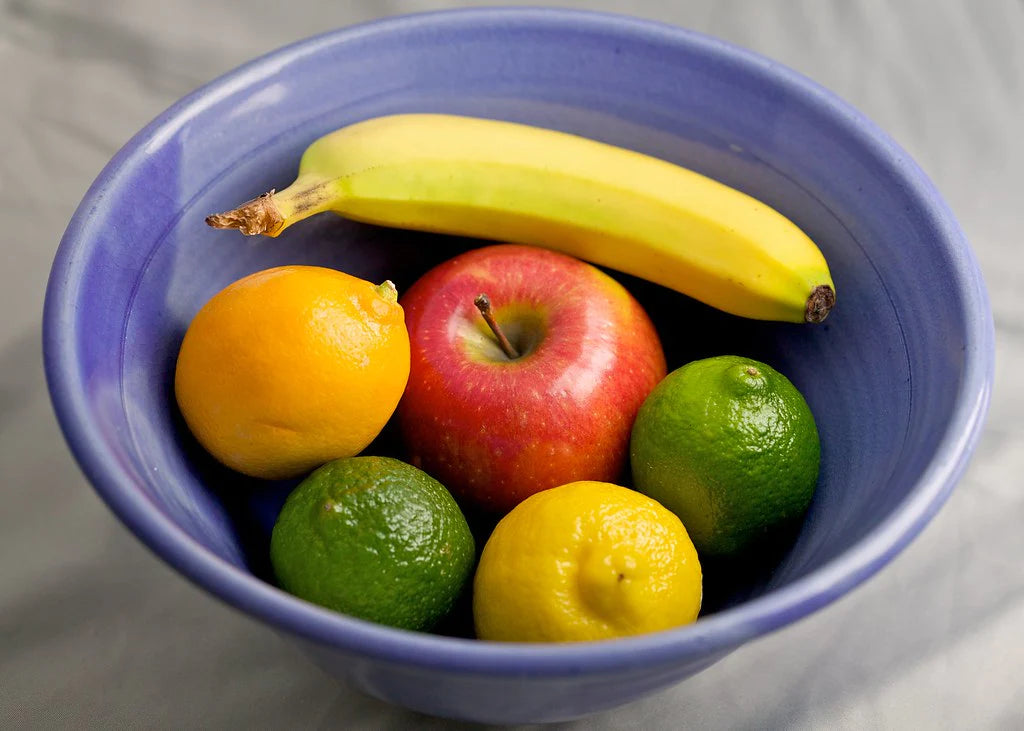If summer were a fruit, what would it be? Watermelon? Strawberries? Hmmm … maybe. In our humble opinion though, nothing tastes like summer more than the chin-dripping sweetness of a perfectly ripe peach. Don’t they basically look like little suns? And their nectar? Pure manna. The renowned peaches of Colorado’s Western Slope are rightfully catching our attention at the local farmer’s market these days, but they’re not the only stone fruit that’s the apple of our eye. This time of year, peaches, pluots, apricots and apriums also shine. Perhaps you’ve seen a bounty of these orange, green, purple and red-skinned fruits at your farmer’s market as well? And maybe, like us, you’ve wondered, what exactly is the difference between a pluot and a plum or an aprium and an apricot? Luckily, we’re in the business of knowing and have done the hard work (aka field sampling) to get to the bottom of such conundrums. Here are the fruits of our labor.
Apricots
Both sweet and tart, creamy and meaty, this fruit’s short season (early May to Mid-July) means you’ll most often see apricots canned or dried. Enjoy them while they’re fresh now and indulge year round on dried fruit. Be careful though, many brands add the preservative sulfur dioxide to keep dried apricots from browning. Because we know brown is beautiful, you won’t find sulfur dioxide in Made In Nature apricots.
Try this: Lillet-Poached Apricots
Apriums
Think of these little beauties like the apricot’s saucy sister. Apriums are an apricot-plum hybrid, with more apricot characteristics than plum. For the most part, they look, smell and taste like apricots but like a plum are juicer and have firmer flesh.
Try this: Aprium Almond Tart
Pluots
If an aprium is a plum apricot hybrid that looks more like an apricot, then a pluot must be, you guessed it, an aprium that looks more like a plum. This same plum/apricot cross gives you the best of the plum (sweet, juicy, fragrant) without the bitter skin that plums are known for. Brilliant! The pluot is quickly rivaling the peach on our list of favorites.
Try this: Pluot and Beet Salad
Nectarines
Aside from their outer skin, there really isn’t a difference between nectarines and peaches. Some people say nectarines are juicier, but we haven’t found that to be consistently true in our research. The genetics are nearly identical between the two aside from a recessive gene in nectarines that gives them their smooth skin versus peaches’ fuzzy skin. Use them interchangeably in recipes, and at the market opt for whichever is the most fragrant and firm (not hard or too soft) to the touch.
Try this: Stone Fruits with Honey-Drizzled Soft Cheeses and Toasted Almonds
Peaches
We trust you’re familiar with the magical peach. If not, get thee to thy nearest market and please remedy immediately. There’s a reason this fruit so inspired Picasso.
Peaches come in two varieties – clingstone or freestone. As the name implies, clingstone fruit “clings” to the pit while freestone falls away easily. It’s not easy to tell which is which, unless you ask. As a general rule, clingstone fruit usually arrives first to the farmer’s market followed by freestone. The flavor is basically identical, but this will impact how you pit them. Here’s a trick for pitting clingstones.
Try this: Yogurt-Peach Semifreddo
Plums
Did you know that there are two varieties of plums: Asian and European? Asian plums are larger and round, while European plums are smaller and oval shaped. This is helpful for making a plan for your plums after purchase. Asian plums (Blackamber, Elephant Heart, Friar, Satsuma) are best eaten fresh; European varieties (Empress, Sugar, Mount Royal, Damson) are perfect for drying and preserves.
Try this: Grilled Plums with Cookies and Ice Cream
A few things to note with stone fruits:
- Selection: Choose firm fruit (not too hard or too soft) that is fragrant at the stem. Look for fruit with smooth, unblemished skin.
- Ripening: Stone fruits are best ripened at room temperature with their stem-end down. Do not refrigerate fruit before it’s ripe as it will dry the fruit out and can result in a mealy texture.
- Storage: Store at room temp until ripe. Can be stored in the fridge for 1-2 days (though not ideal).
